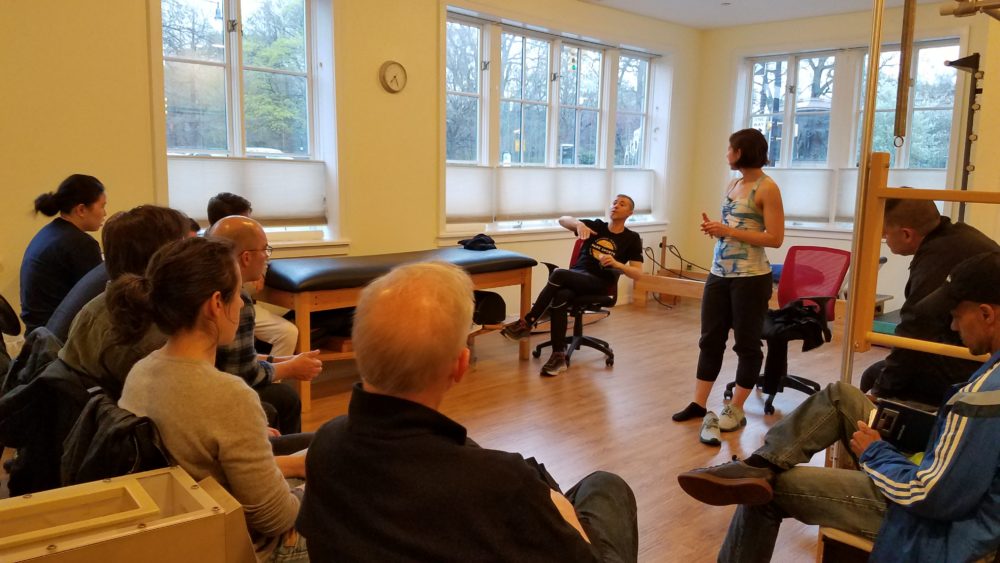We want to give a big thank you to all of you who came out to the Runner’s Injury Prevention Workshop. Boris and Julie really enjoyed presenting and getting to know more about your running goals.
Want to keep up to date with our future events, articles, and running tips? Follow us on social media!
Recap
Whether you run recreationally, competitively, or for fitness, the information we shared last night is 100% applicable to you. We covered a lot of material, so we wrote up a brief recap for you and those who couldn’t make it out to our event.
Biomechanics of the Foot
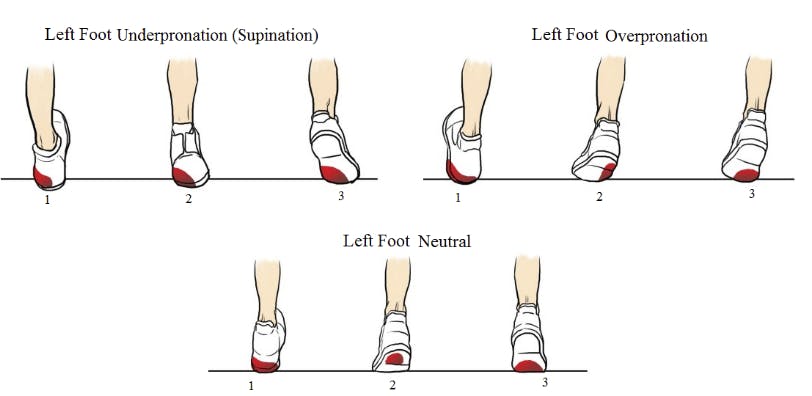
Boris and Julie discussed what pronation and supination is and how it can affect your foot if there is a mechanical abnormality. They mentioned individuals’ variations in the foot and ankle structure and how it is connected to the rest of your leg higher up. Other variables play a part in how fast, how long, and efficiently you run. They touched on proper running mechanics and emphasized the form over the speed and distance.
When you run your body experiences impact many times your body weight on each stride. It’s important to understand how your feet land to make the appropriate adjustments. A physical therapist or personal trainer specializing in gait analysis can help in this regard.
The Importance of Core Strength
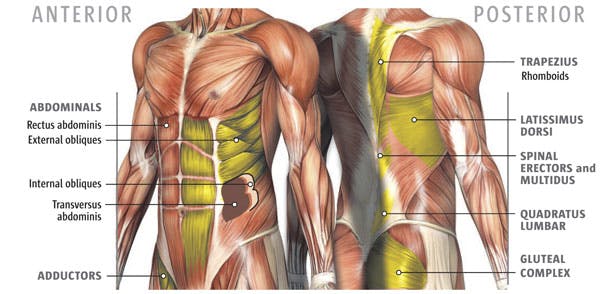
One cannot overstate the importance of core strength in any physical activity and this includes running. Your core ensures your body’s stability, balance, proper posture, and control. Strengthening your core comes with many benefits including injury prevention. In regards to running, when your core muscles – your pelvis, abdominal, hips, and back – all work in sync, you are able to remain solid as your foot strikes the ground. If you are a long distance runner, you know how important maintaining proper posture is. A strong core will improve your running time, endurance, stamina, and help reduce the chances of injury.
Strengthening Your Glutes
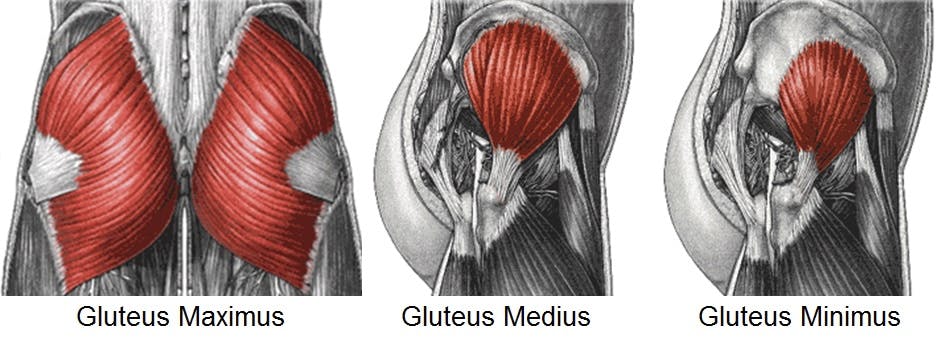
Your glutes are made up of the gluteus maximus, gluteus medius, and gluteus minimus. They all play an important role during your run. We want to make sure that each of these muscles is strong so that other parts of your body aren’t overcompensating for their lack of engagement.
Your gluteus medius and minimus are abductors and help move your legs away from your body. The gluteus maximus is used for hip extension.
Julie mentioned that too much sitting can lead to weak glutes since they are not activated in that position. On the opposite end, your hip flexors shorten since sitting keeps them in a contracted position. Both Boris and Julie recommend that you do the following exercises:
- Glute Bridge
- Lunges
- Squats
- Clamshells
Dynamic Stretching
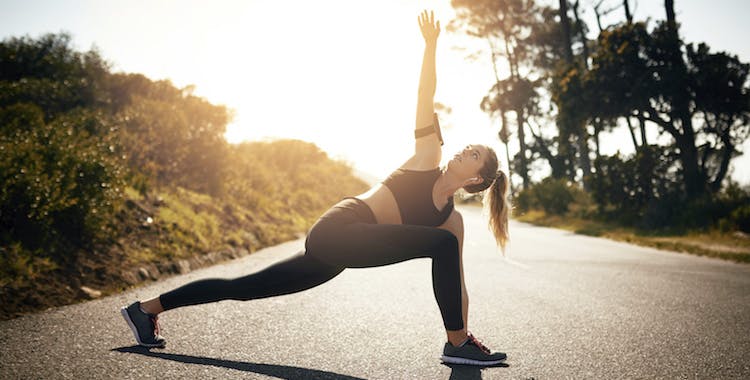
Although recent research has shown that stretching before a run does not help to prevent injury, there are some benefits to stretchings.
Both Boris and Julie encourage dynamic stretching in which your body is moving while you stretch. This ensures that your muscles are warmed up and ready to go.
Common Tight Spots for Runners
We suggest that you keep a close eye on these parts of the body before, during, and after your run.
- ITB
- Achilles
- Hip Flexors
- Hamstrings
Plantar Fasciitis
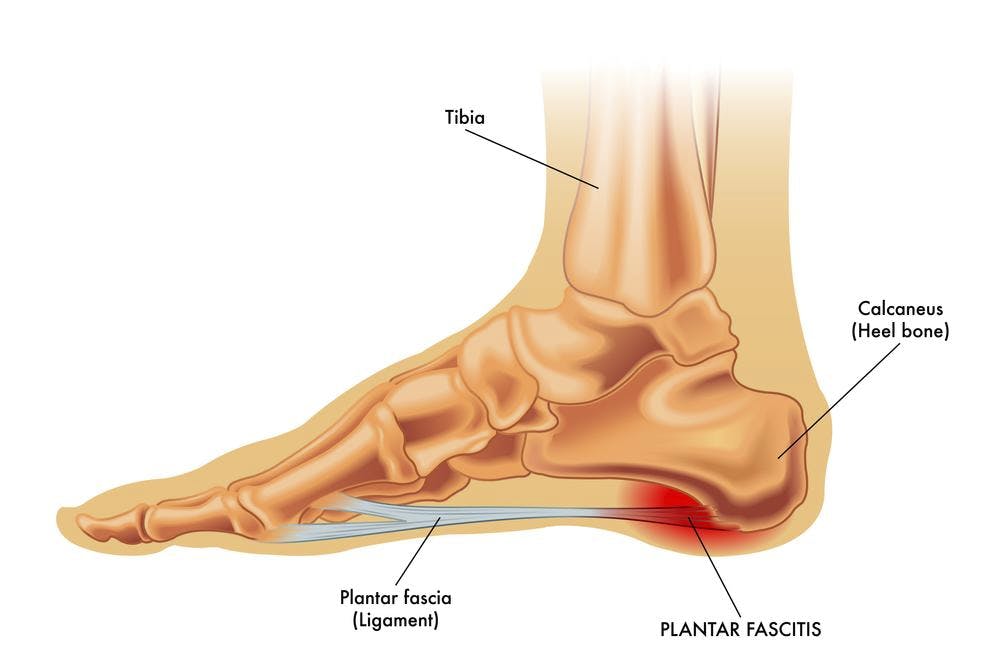
Some of you had concerns about plantar fasciitis. Your plantar fascia is a thin ligament that lies on the bottom of your foot. It connects from the heel all the way to the front of your foot. It helps to support the arch of your foot and plays an important role in walking and running mechanics. If you suffer from heel pain after a run, chances are high that you suffer from plantar fasciitis which is the inflammation of this ligament. Symptoms are described as a shooting pain near the heel. The pain is usually worse in the morning or after long periods of rest.
When you run there is a lot of pressure and force pushed on the plantar fascia. This can cause inflammation and tightness.
There are many factors that can contribute to plantar fasciitis. Tight calf muscles or having a high arch can both play a role in plantar fasciitis. Seeing a physical therapist can help identify these issues and provide a treatment plan to manage pain or prevent pain altogether.
Are you currently experiencing pain from running? Participating in races anytime soon? Our highly trained physical therapists can help.
Running can put a lot of strain and stress on your body. Seeing a physical therapist can help you address any biomechanical issues such as muscle imbalances, gait, or tightness to prevent injury, improve your performance, and keep you running for life.
Fill out the form below to get started.
Fill out my online form.
Want to learn more about the AlterG Anti-Gravity Treadmill and give it a try at our Clinton Hill location on Fulton Street? Schedule your first run here.
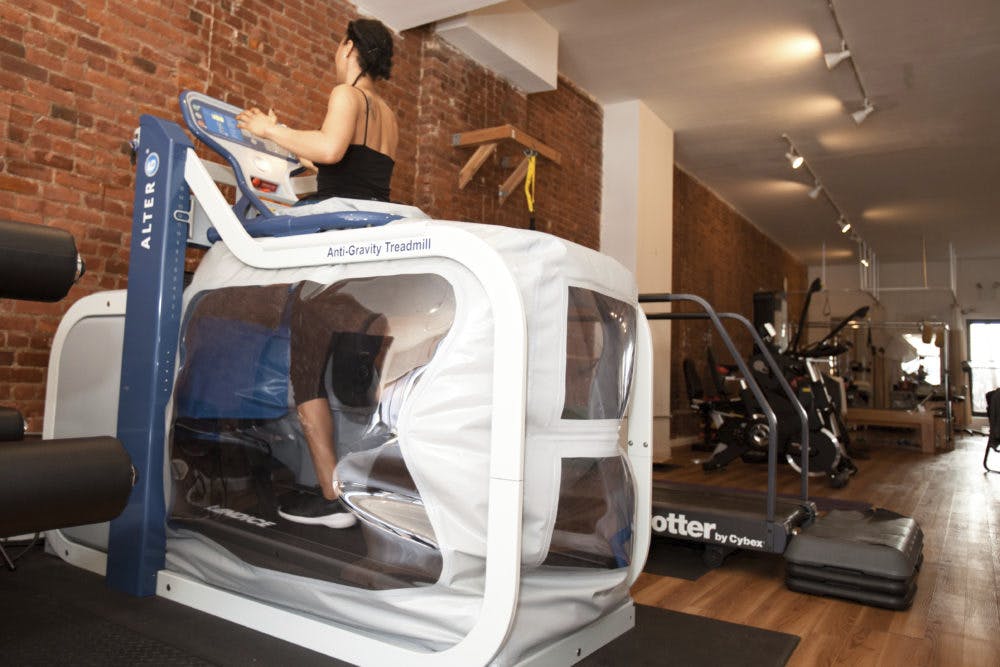
.png?auto=format&auto=compress&h=150)
